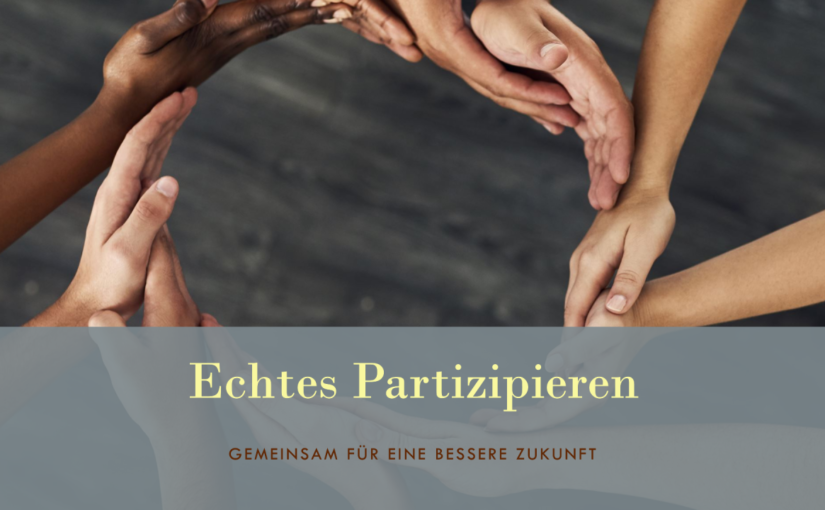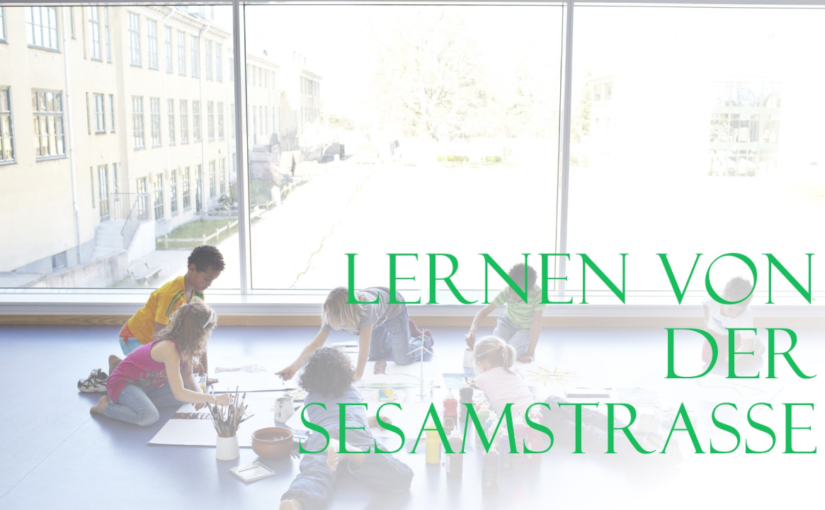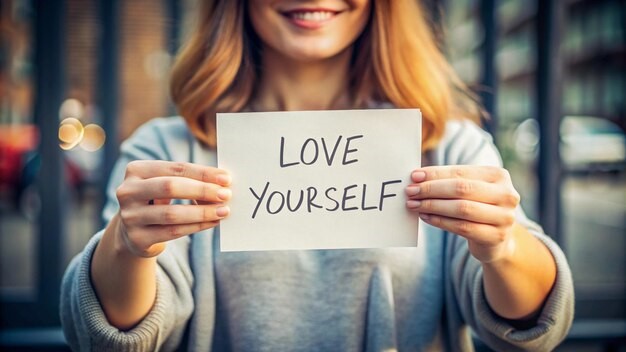“The greatest revelation is silence.” — Laozi
In our fast-paced world, silence often feels elusive, yet it is in these quiet moments that our best insights emerge. Laozi’s wisdom reminds us of the profound impact stillness can have on our lives. Just as children are encouraged to endure boredom to spark creativity, we too must embrace silence for reflection and innovation.
Fuchs (Fuchs, Katharina Anna (2014): Emotionserkennung und Empathie. Eine multimethodale psychologische Studie am Beispiel von Psychopathie und sozialer Ängstlichkeit, Wiesbaden, Deutschland: Springer Fachmedien.) identifies several forms of silence, each serving a unique purpose:
-
Silence as a Background to Speech: This type of silence enhances spoken words and creates space for future dialogue, emphasizing the importance of thoughtful pauses.
-
Silence as Indirect Communication: Unspoken understandings can convey more than words, inviting us to listen deeply and read between the lines.
-
Silence as a Break in Communication: Moments of surprise or shock can lead to a cessation of dialogue, allowing silence to express what words cannot.
-
Silence as a Shared Experience: This transcends verbal communication, fostering profound connections. Silence I creates a palpable tension directed toward the other, while Silence II dissolves this intentionality, allowing for a secure space where genuine relationships can develop. This „I-Thou“ relationship fosters implicit intersubjectivity, connecting individuals without specific intention.
Silence is essential for creation—whether it be new ideas or meaningful relationships. It allows for self-reflection and growth.
When was the last time you embraced silence? In a world that often prioritizes noise, let us not overlook the richness that silence can bring. By welcoming stillness, we open ourselves to insights that can transform our understanding of ourselves and the world around us.









